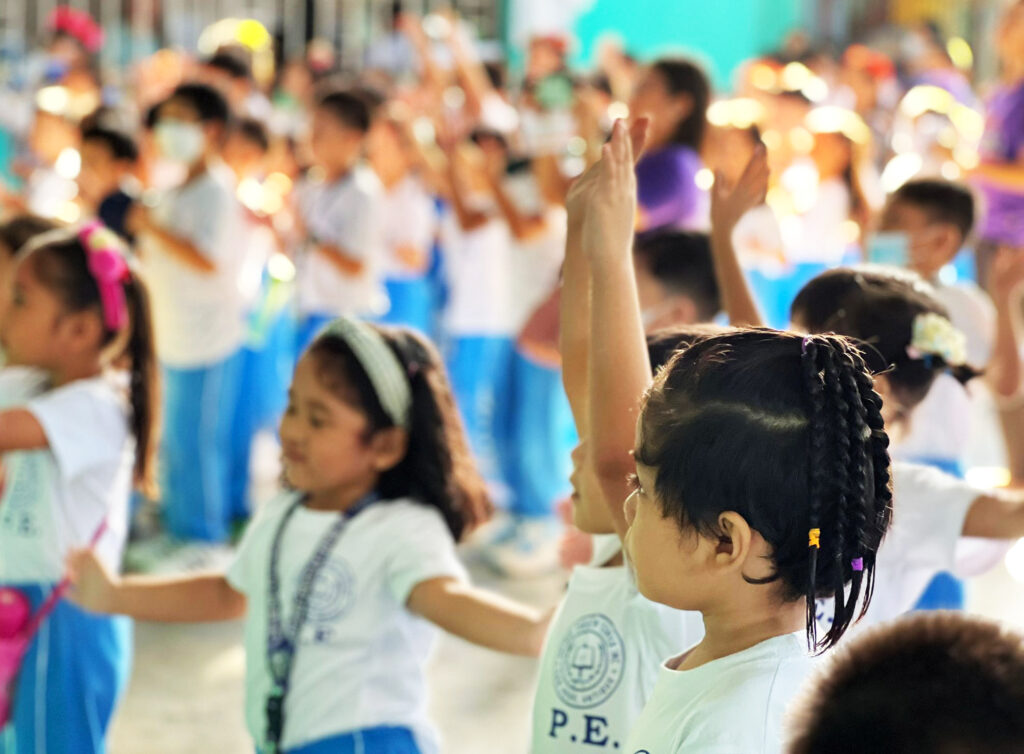A Window into the Human Person
At times, a student’s learning in a classroom can be a window; an opportunity to see both nuance and novelty in the world, an opportunity to examine the range of what it means to be human.
At other times, a student’s learning can serve as a mirror; a chance to see the self in a book, in a discussion, in the experiences of a classmate. In this reflection—perhaps magnified, perhaps distorted—students might see aspects of themselves previously unknown or unexamined.
Our research on the Human Dignity Curriculum—an ongoing mixed-methods study conducted by the University of Florida, St. Mary’s University, and the World Youth Alliance—has illuminated both mirrors and windows in students’ experiences learning about human dignity.
What is the Human Dignity Curriculum?
What is Human Dignity?
In the spring of 2023, we interviewed nearly 60 students with the hopes of understanding their perspectives on and experiences with human dignity after participating in the HDC.
Students described learning about the nature of subjects versus objects, the value of different types of friendships, and the ability to think and choose and act with agency, amongst other topics.
Ashley, a sixth grader, spoke about seeing what it means to be human and herself in a new way. She told us:
“I’ve been having more confidence in what I do and just not really caring about what the other people say and stuff. Probably just that everything that you do in life is okay. And that if you make a mistake, that is fine. You can just try again.”
The HDC reflects the perspective that human dignity is something inherent and irrevocable. As such, it makes sense that Ashley feels confident, knowing that “if you make a mistake, that is fine.”

Another student, George, talked about how the HDC changed his views on and treatment of others. The fifth-grader told us that
“everybody has dignity, so it’s not okay to bully other people because they also have human dignity.”
What it Means to be Human is to Have Infinite Dignity
Another student, Benny, marveled that “even a criminal [has] human dignity that’s equal with every other person.”
Lily, a seventh-grader, shared a similar perspective. When we asked her about a major takeaway from the HDC, she told us how:
“…everyone has human dignity and it’s important to treat everyone the same, even if you don’t like someone as much…so that they know that the other person has feelings too, and they know that if you hurt their feelings, they’re going to feel bad about it, and they might do the same to someone else.”
The Human Dignity Curriculum
The HDC offers students the answer to what it means to be human and a window into what’s truly inside another person.
Not surprisingly, the students we interviewed described changes in their views of family members, classmates and even their teachers.
The HDC also offers the chance to see what’s inside each of us.
Isabel, an eighth grader, identified this essential thing as human dignity, reminding us that “I have human dignity, and I shouldn’t treat myself like I don’t.”
Students have questions. The answer is human dignity. Learn more about the curriculum.
Mark B. Pacheco, Ph.D., is an Assistant Professor in the University of Florida’s College of Education. His research focuses on ways that teachers can foster character development for diverse learners within literacy and language instruction.

